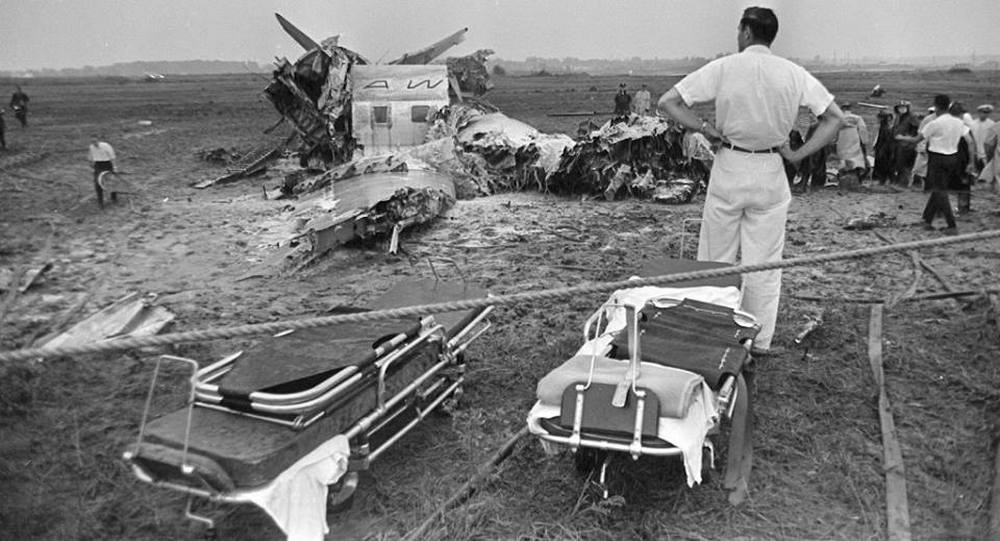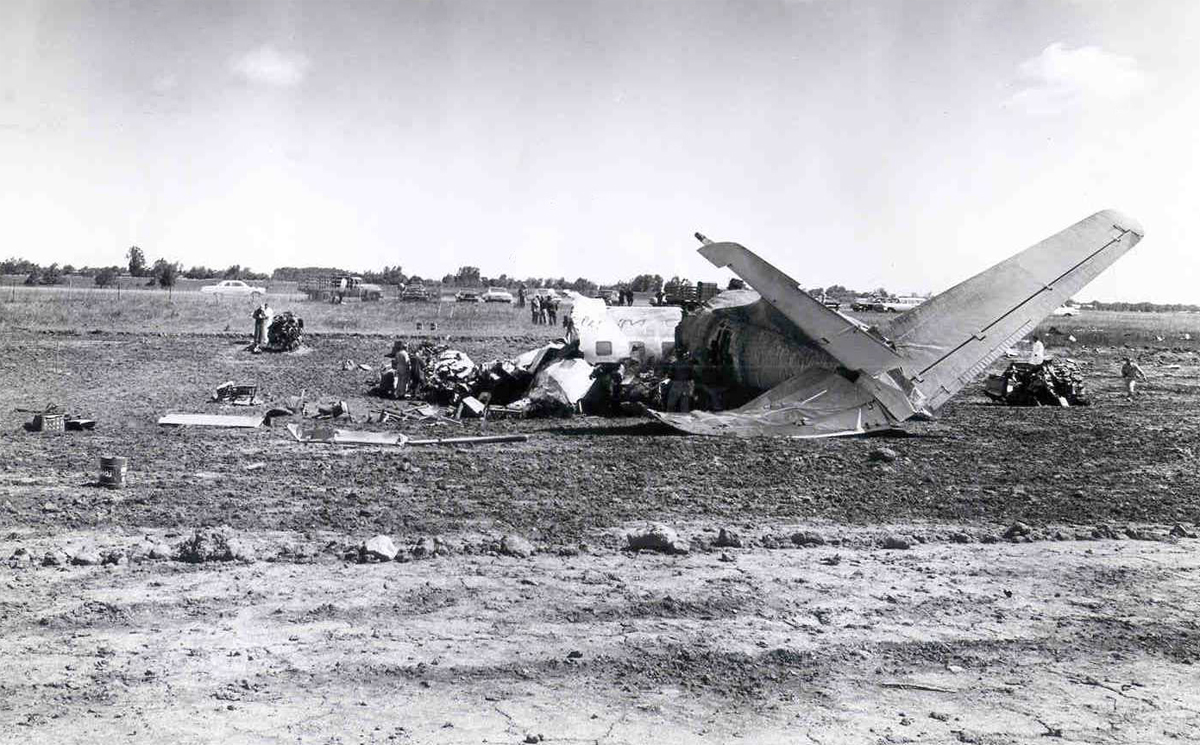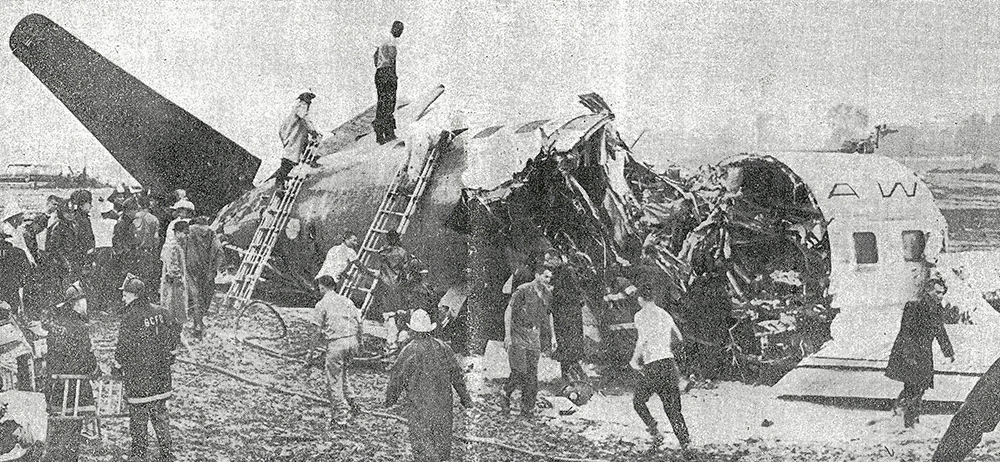Crash of a Dassault Falcon 20C in Boca Raton
Date & Time:
Jul 5, 1971 at 1245 LT
Registration:
N805F
Survivors:
Yes
Schedule:
White Plains - Boca Raton
MSN:
60
YOM:
1966
Crew on board:
2
Crew fatalities:
Pax on board:
0
Pax fatalities:
Other fatalities:
Total fatalities:
0
Captain / Total hours on type:
1560.00
Circumstances:
On final approach to Boca Raton Airport, the captain attempted to retard the throttles but inadvertently shut down both engines. The airplane lost speed, stalled and struck the ground 900 feet short of runway 04 threshold. On impact, the undercarriage were torn off, the airplane slid for several yards and came to rest in a construction area. Both pilots were seriously injured and the aircraft was destroyed.
Probable cause:
Improper operation of powerplant controls on part of the crew. The following factors were reported:
- Landed in construction area,
- Failure of both engines,
- Retarded thrust levers aft, inadvertently shut down both engines.
- Landed in construction area,
- Failure of both engines,
- Retarded thrust levers aft, inadvertently shut down both engines.
Final Report:









